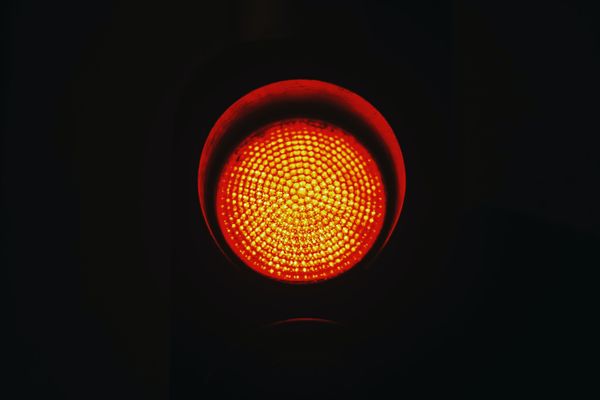Aesthetics of Product
Aesthetics: a branch of philosophy dealing with the nature of beauty, art, and taste and with the creation and appreciation of beauty. – Merriam-Webster Collegiate Dictionary
When designing a product how important are the aesthetics of the product? Is good design anything more than lipstick on a pig? Can the aesthetic value of a product be measured?
Apple has built it's brand around beautifully designed products, both physical and digital, and has become one of the worlds most valuable companies. Design quality and aesthetics were a focus for both Jobs and Wozniak from the beginning. Wozniak often speaks of how important the chip layout on the early Apple computers was to him. He wanted the chip layout and electric traces to make an elegant design, even if most consumers would never see it.
Tesla has taken off largely because they combined excellent auto design with all electric technology. For some reason, previous electric vehicles had pretty terrible design. Even the current BMW i3 is getting canceled for being ugly. But the co-founders of Tesla had the insight to change the electric car market by creating a beautiful, high-performance sports car.
What about back-end digital products like API's? While there isn't a visual component to their design, the clarity and rationality of an API can greatly affect its usability, as well as the quality and readability of its documentation. Twilio's core value proposition is it's telecom API, but it's documentation and clean account management interface have made it easy to start with since day one.
Among digital consumer products we can think of possible counter examples. Craigslist and Drudge Report are both highly successful despite terrible design, though I'm sure that most users on those sites would say both sites are very practical and efficient. And it's pretty clear from the founding of both these sites that each founder wanted to do something simple and put it out into the world. It's interesting that while both sites are highly profitable and could afford to redesign, that their practical, simplistic, 90's design has become their brand.
So, whether your design is good or bad, it's going to stick with you.
User Experience, or UX, is a field that's emerged from digital product management that combines visual design, functionality, and human-computer interface (HCI) design. Good UX embodies good product design. Good UX implies good visual appearance with the right functionality assembled in a manner that's intuitive in its usage.
The reality is that doing something well generally doesn't take anymore time than doing something poorly, and in either case the results will stick with you; but things that are done well have no future downside risk while things done poorly do.
So when you set out to build a new product, don't skip over UX as a nice to have because when you deliver the product it will have a UX regardless. If you are thoughtful and put forth some effort, you can provide users with a good experience that enhances your brand and builds loyalty instead of throwing something at them and trying to fix the mess later.

